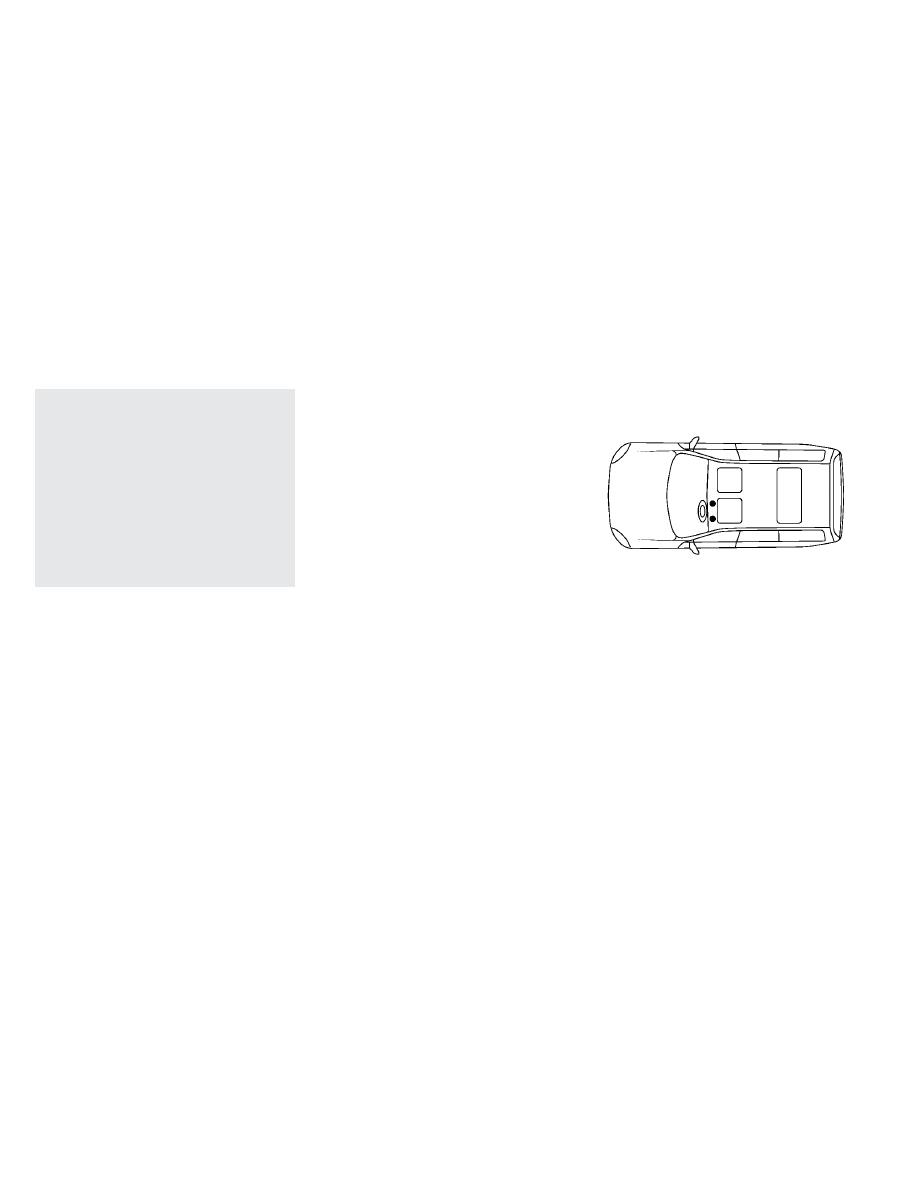Nissan Leaf (2019 year). Manual - part 32

• Properly position the mats in the
floorwell using the floor mat posi-
tioning hook. For additional infor-
mation, refer to "Floor mat installa-
tion" in this section.
• Make sure the floor mat does not in-
terfere with pedal operation.
• Periodically check the floor mats to
make sure they are properly in-
stalled.
• After cleaning the vehicle interior,
check the floor mats to make sure
they are properly installed.
The use of Genuine NISSAN floor mats can
extend the life of your vehicle carpet and
make it easier to clean the interior. Mats
should be maintained with regular clean-
ing and replaced if they become exces-
sively worn.
Floor mat installation
Your vehicle is equipped with floor mat po-
sitioning hook(s). The number and shape of
the floor mat positioning hooks for each
seating position varies depending on the
vehicle.
When installing Genuine NISSAN floor mats,
follow the installation instructions provided
with the mat and the following:
1. Position the floor mat in the floorwell so
that the floor mat grommet holes are
aligned with the hook(s).
2. Secure the grommet holes into the
hook(s) and ensure that the floor mat is
properly positioned.
3. Make sure the floor mat does not inter-
fere with pedal operation. With the igni-
tion in the OFF position, the selector le-
ver in the P (Park) position fully apply and
release all pedals. The floor mat must
not interfere with pedal operation or
prevent the pedal from returning to its
normal position.
It is recommended that you visit a NISSAN
certified LEAF dealer for details about in-
stalling the floor mats in your vehicle.
The illustration shows the location of floor
mat positioning hooks.
Positioning hooks
7-6
Appearance and care